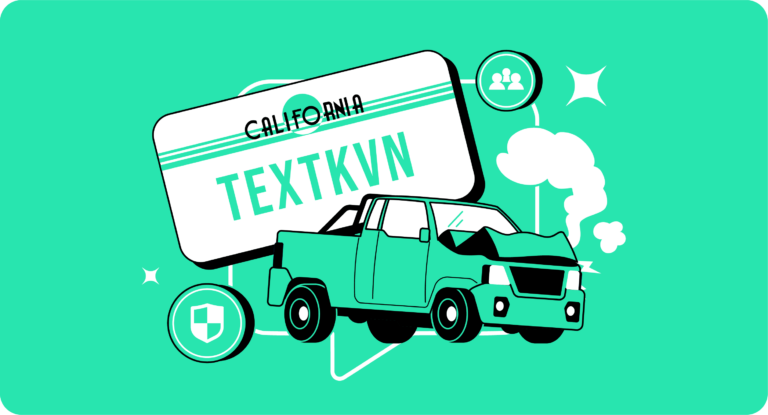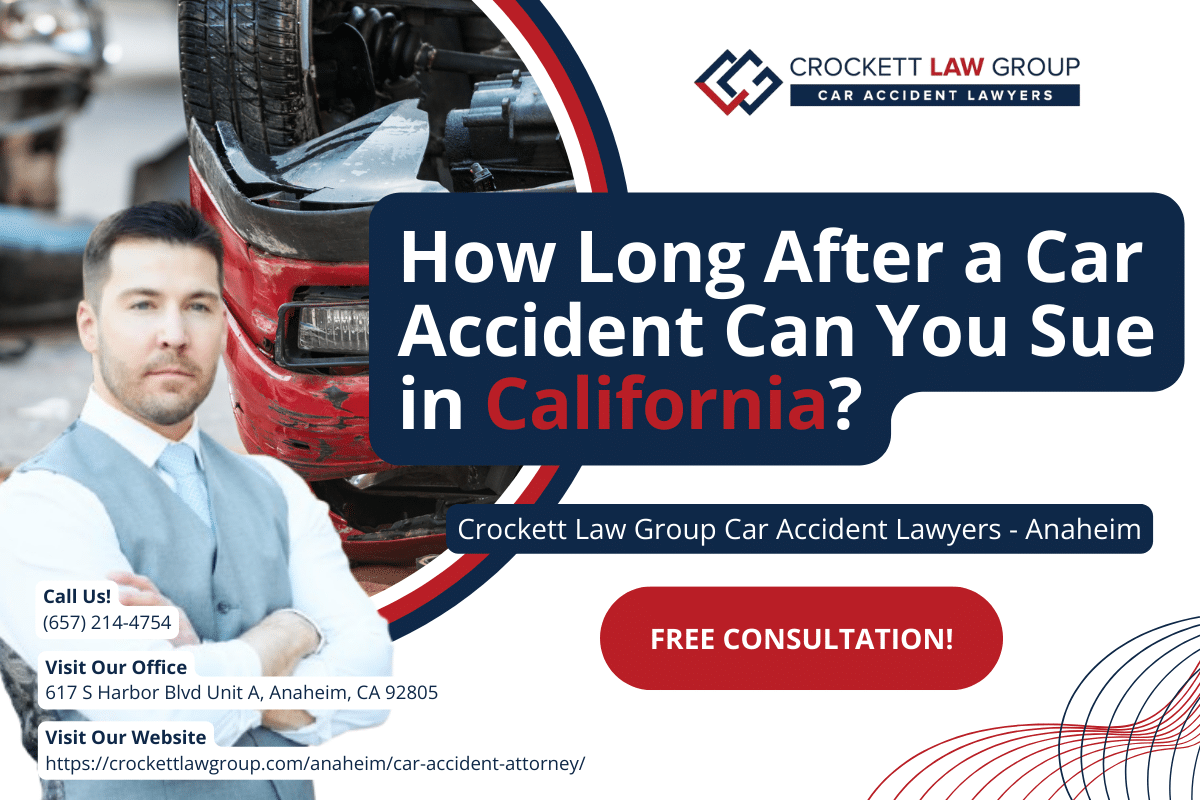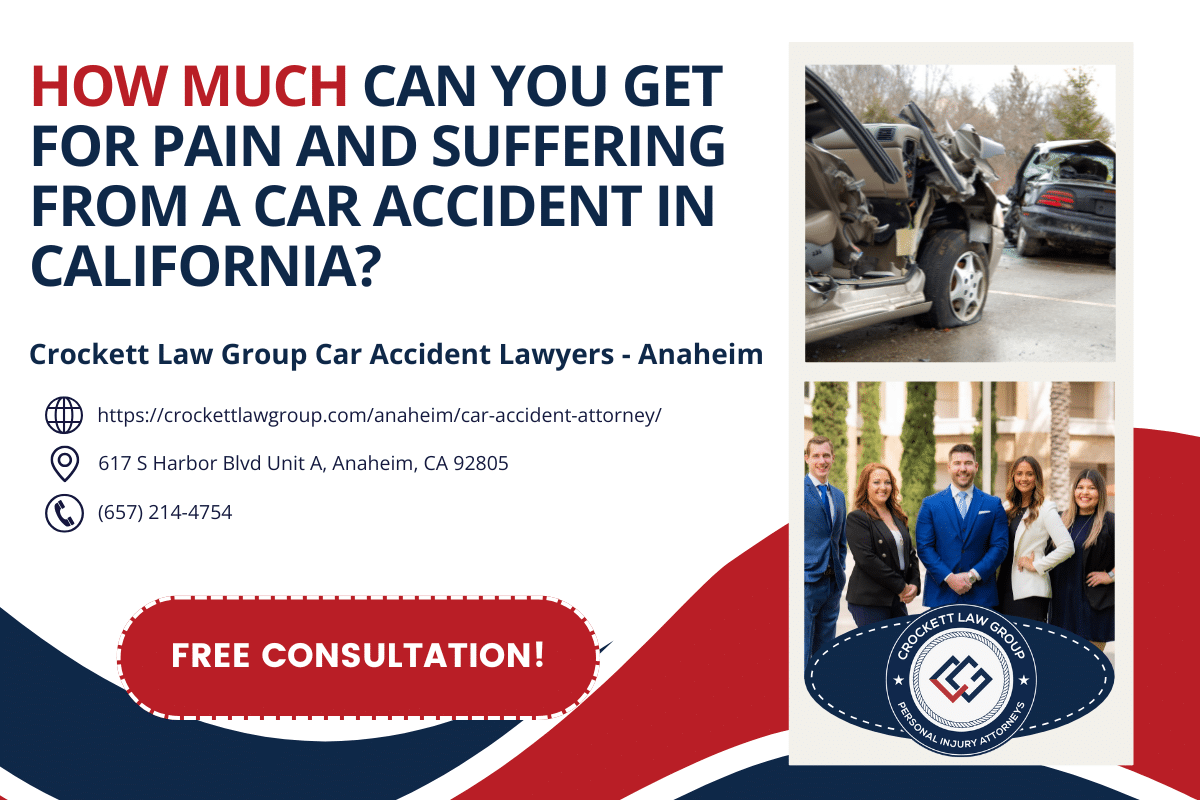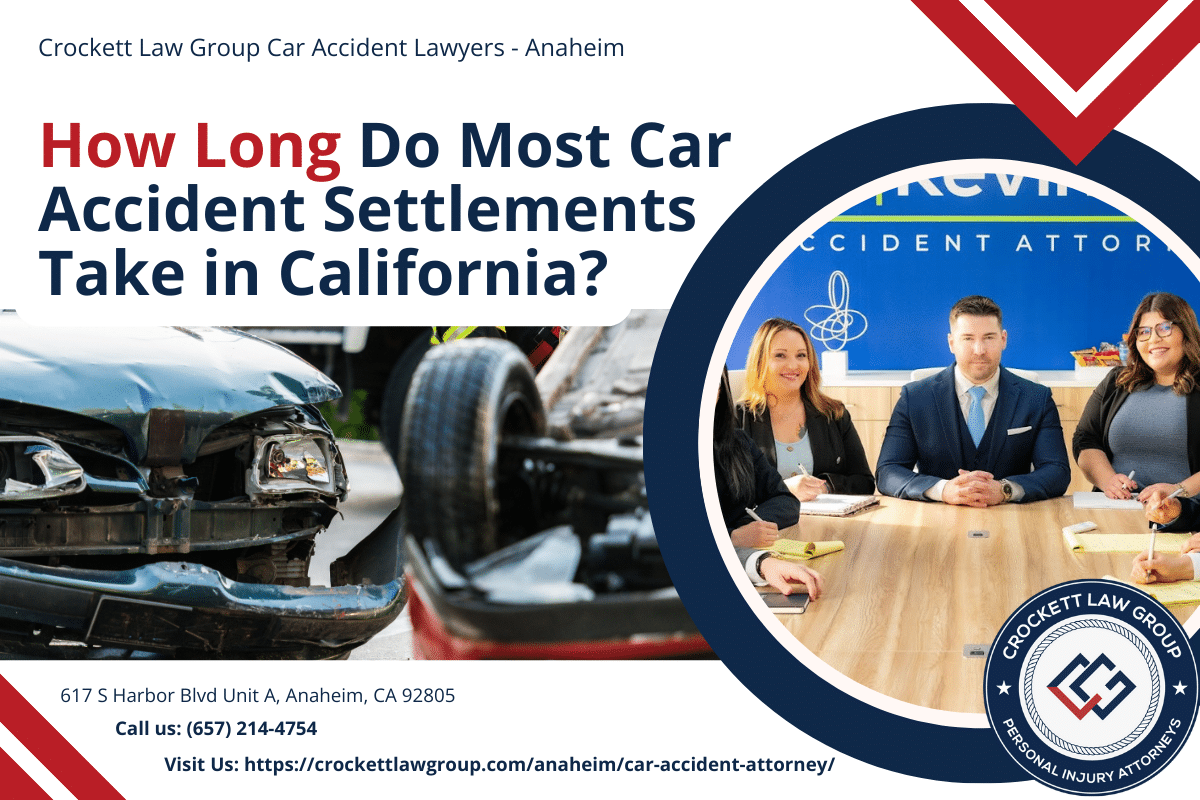Navigating the complexities of auto accidents is never straightforward, especially when it comes to determining who’s at fault. Most people assume that blame lands squarely on one party, but what happens when both drivers share the responsibility? The topic of shared fault in accidents is not only a legal conundrum but also a vital concern for insurance claims and personal accountability.
With accidents becoming an unfortunate commonplace on our roads, understanding the implications of shared fault becomes crucial. In this article, we’ll delve into the intricacies of what happens if both parties are at fault in an accident, with a specific focus on the regulations in Tennessee. Whether you’re a driver seeking clarity or someone curious about the intricacies of accident liabilities, this piece aims to shed light on the often murky waters of shared responsibility in vehicular mishaps.
The Basics of Fault in Accidents
In the realm of accidents, particularly vehicular ones, “fault” signifies responsibility. It determines who was negligent and, consequently, liable for the damages or injuries sustained. This determination is pivotal, as it impacts insurance payouts, legal implications, and often the financial future of those involved.
Defining Fault and Liability
At its core, being “at fault” means that a person’s actions or lack thereof contributed directly to an accident. This can range from blatant disregard for road rules, such as running a red light, to subtler mistakes, like failing to signal before changing lanes.
Liability, on the other hand, deals with the obligation to compensate for the damages caused due to one’s fault. In legal terms, the person found liable will typically bear the financial burden of repairing any damages or covering medical bills.
Significance of Determining Fault
The determination of fault is instrumental for several reasons:
- Insurance Claims: Insurance companies review the specifics of the accident to decide who was at fault and thereby determine the amount of compensation. A party found to be more at fault might receive less compensation or even see an increase in insurance premiums.
- Legal Implications: Establishing fault can lead to legal consequences. For instance, a party deemed at fault might face lawsuits for personal injuries or property damages.
- Personal Accountability: Recognizing fault plays a role in personal responsibility. It reminds individuals to adhere to road safety rules and be mindful of their actions while driving.
In situations where blame isn’t clear-cut, the concept of shared fault comes into the picture.
Understanding Shared Fault
The concept of shared fault, or comparative negligence as it’s formally known, arises when both parties involved in an accident contribute to its occurrence. Rather than placing the blame solely on one individual, the fault is distributed based on the extent of each party’s negligence.
When both drivers exhibit negligence, it complicates the matter of responsibility. For instance, if one driver speeds while another fails to signal, both actions can contribute to an accident. In such cases, instead of one party shouldering all the blame, responsibility gets divided.
Impact on Insurance Claims and Legal Outcomes
Shared fault has a direct influence on how insurance claims are processed:
- Reduced Compensation: If a driver is found to be 40% at fault, they may only be entitled to 60% of the claim amount. This percentage can vary based on the specific details of the accident and the degree of each party’s negligence.
- Premium Adjustments: Insurance companies might adjust the premiums of both parties based on their respective fault percentages. An increase in fault can lead to higher premiums.
From a legal standpoint, shared fault can influence lawsuits and settlements. A party found partially at fault may still file a lawsuit but might recover a reduced amount based on their degree of negligence. A common misconception is that shared fault always means an equal division of blame. However, the distribution can range anywhere from 10-90, 30-70, or any other combination, depending on the specifics of the incident.
As the discussion progresses, we will highlight how the state of Tennessee uniquely approaches and manages cases of shared fault, which is crucial knowledge for its residents and anyone involved in an accident within its jurisdiction.
How Tennessee Handles Shared Fault
Tennessee’s approach to incidents where both parties are at fault is framed by its adoption of the “modified comparative fault” system. This specific legal doctrine greatly influences how accident claims are evaluated and compensated within the state.
In the context of shared fault, Tennessee employs a 50% rule. This means that for an injured party to recover damages, they must be found less than 50% at fault for the accident. If their fault exceeds this percentage, they’re barred from any recovery.
For example, if a driver is determined to be 40% responsible for an accident, they can recover 60% of their claimed damages. However, if they’re found to be 60% at fault, they would receive no compensation.
To understand Tennessee’s stance, it’s crucial to differentiate between two types of comparative fault:
- Pure Comparative Fault: Here, an injured party can recover damages regardless of their percentage of fault, but their compensation is reduced by their fault percentage. Few states adopt this model.
- Modified Comparative Fault: This model places a cap, like Tennessee’s 50% rule, beyond which recovery is prohibited. The majority of states that use a comparative fault system adopt some version of this model.
Consider an accident where both drivers were speeding, but one also ran a stop sign. After investigation, the driver who ran the stop sign might be found 70% at fault, while the other driver, due to speeding, holds 30% of the blame. In this case, the driver who ran the stop sign cannot recover any damages, while the other driver can claim 70% of their damages.
Understanding Tennessee’s approach is vital for its residents and anyone who might find themselves in an accident within the state. Given the nuanced nature of these cases, seeking advice or consultation becomes imperative, ensuring that you’re well-equipped to navigate any shared fault scenarios in Tennessee.
Tips for Protecting Yourself When Both Parties Are At Fault
In the world of shared fault, especially within Tennessee’s specific legal landscape, preparedness and awareness are essential. When involved in an accident where both parties may be culpable, it’s critical to gather as much evidence as possible at the scene. Taking photographs, jotting down notes about the events leading up to the accident, and securing witness testimonies can provide invaluable insights during the claim process.
Prompt consultation with lawyers or advisors becomes essential, especially in Tennessee, where the modified comparative fault system can influence the outcome of claims and potential lawsuits. These professionals can offer guidance on the nuances of shared fault and how best to navigate the aftermath of such accidents.
Timely and accurate reporting to your insurance company is another vital step. Being forthright about the events can help streamline the claim process, reducing potential misunderstandings or disputes. Remember, insurance adjusters will thoroughly assess the situation, so clear communication is crucial.
Lastly, always prioritize safety and adherence to road rules. While understanding shared fault is necessary, prevention remains the best approach. Being mindful of one’s actions and responsibilities on the road reduces the risk of accidents and potential entanglements in shared fault situations.
Understanding shared fault, especially within Tennessee’s distinct legal framework, is essential for anyone navigating the aftermath of an accident. The complexities of determining liability can greatly influence insurance claims and potential legal repercussions.
Should you find yourself uncertain or in need of guidance after an accident where both parties might be at fault, don’t hesitate to reach out for professional assistance. Contact Crockett Law Group at (800) 900-9393 to ensure you’re well-informed and adequately supported through any shared fault scenarios.










